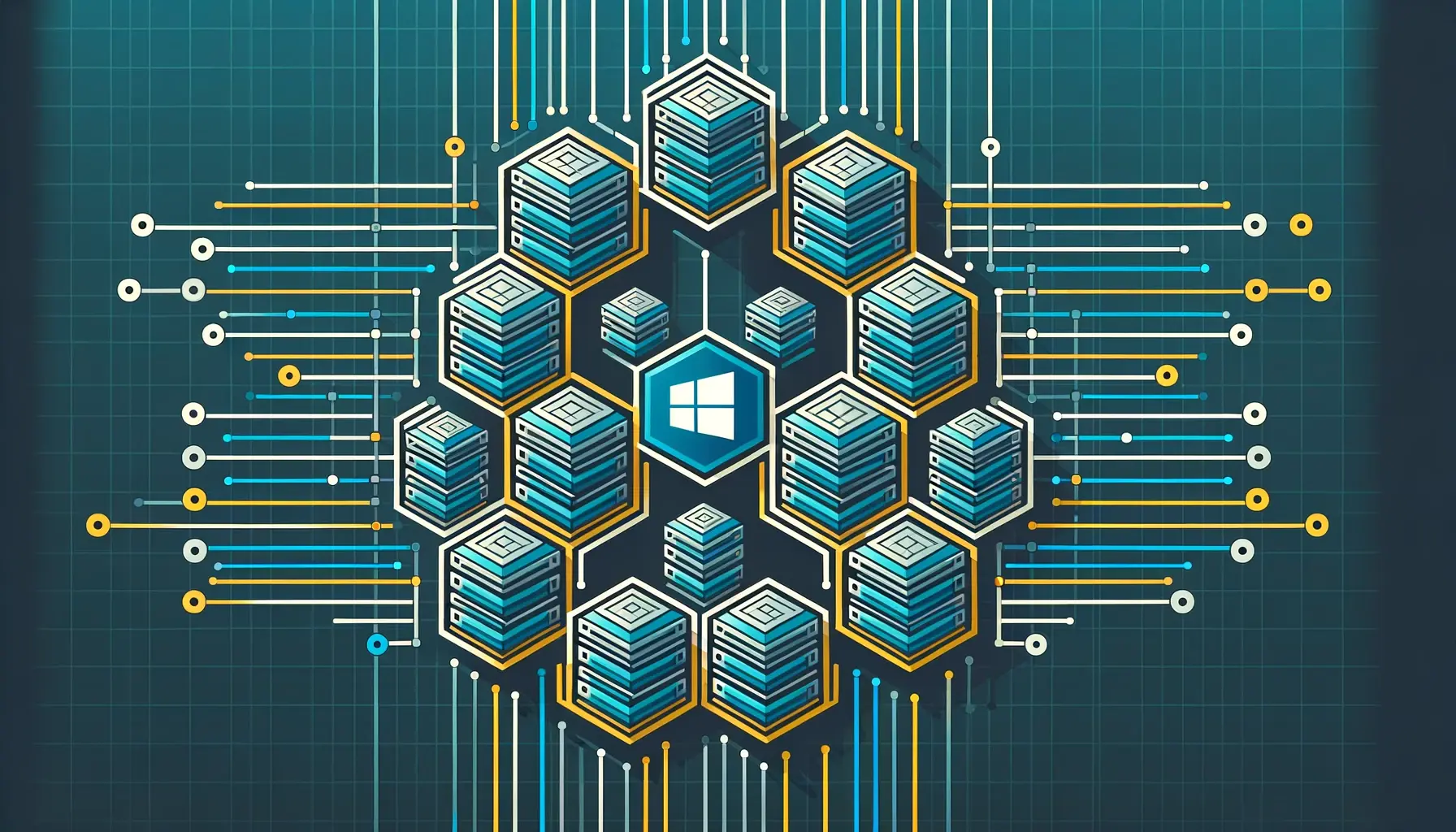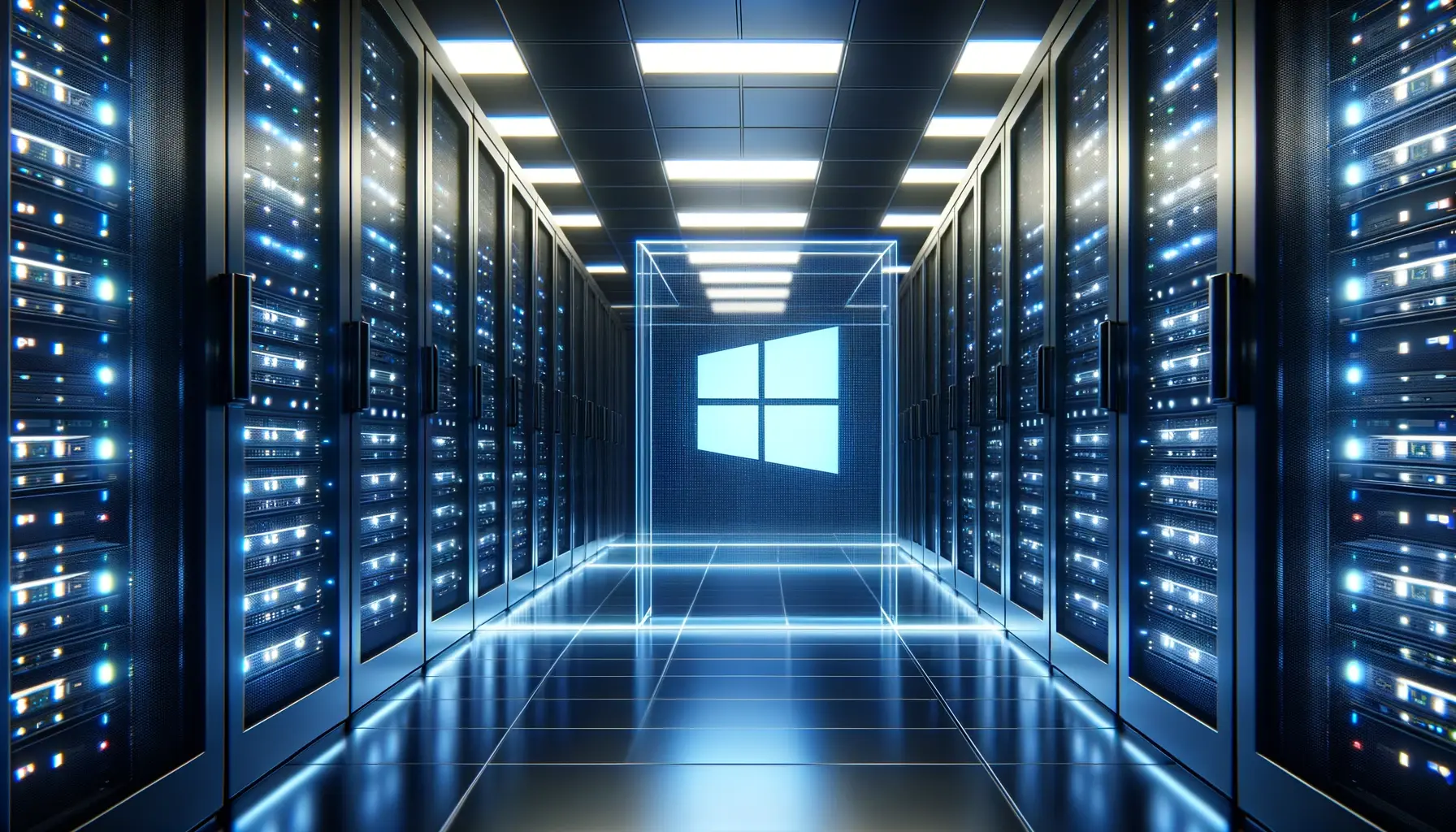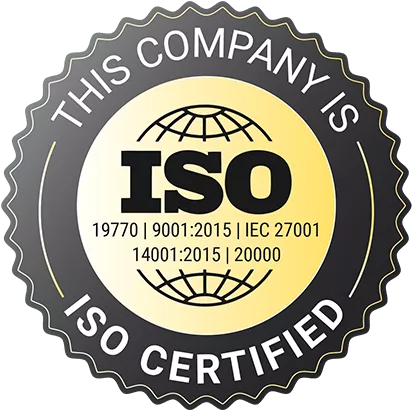Windows Server 2008 CAL - Important information on licensing
Introduction to Windows Server 2008 CALs
Windows Server 2008 is an older but still widely used server operating system. If you use it, Windows Server 2008 CALs (Client Access Licenses) are an essential part of your licensing. Find out here what you should know about Windows Server 2008 CALs.

The importance of Windows Server 2008 CALs
Windows Server 2008 CALs are licenses that allow users or devices to access the services and resources of a Windows Server 2008. They are critical to ensure that your network functions properly and that you comply with legal requirements.
Why are Windows Server 2008 CALs important?
Proper licensing with Windows Server 2008 CALs is critical to avoid legal consequences and operational disruptions. Without the right number and type of CALs, you may not be able to operate your network legally.
Types of Windows Server 2008 CALs
There are two main types of Windows Server 2008 CALs:
-
User CALs: These licenses are user-based and allow a specific user to access Windows Server 2008. User CALs are ideal if you have many devices but fewer users in your environment.
-
Device CALs: Device CALs are device-based licenses that are tied to a specific device. They allow all users who use this device to access the server.
Purchasing CALs
As a rule, Windows Server 2008 CALs must be purchased separately from the server software. Be sure to purchase the appropriate number and type of CALs according to your individual requirements.

Conclusion
Windows Server 2008 CALs are still critical to ensure that your network is properly licensed and operating in compliance with regulatory requirements. The choice between User CALs and Device CALs depends on your specific situation. Properly licensed CALs are the key to smooth operations and avoiding legal issues. Make sure you purchase the right CALs to ensure the compliance and legality of your network.











































